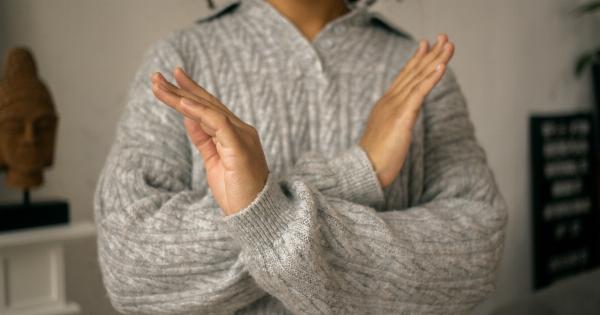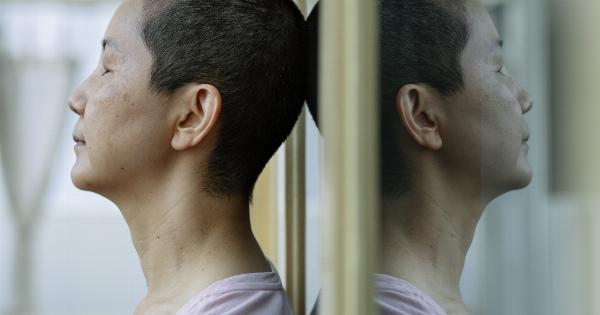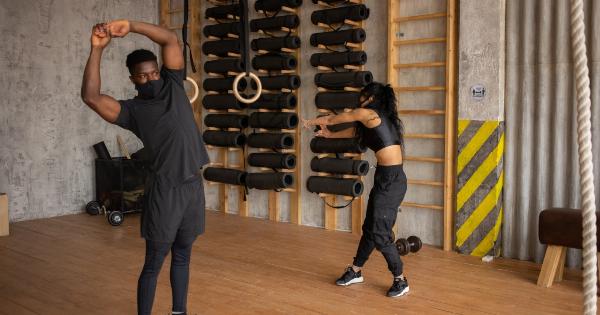Balance is a crucial part of human movement, and maintaining balance on one foot is essential for several reasons. From martial arts to dance, many physical activities require balancing on one foot.
However, the benefits of balancing on one foot go beyond fitness and extend to brain health.
What is Balance?
Balance refers to the ability to keep your body stable and in an upright position while standing, sitting or walking. It relies on visual, vestibular (inner ear), and proprioceptive (muscles and joints) information.
Without these senses working together, we wouldn’t be able to maintain balance, which could result in falls and subsequent injuries.
The Link Between Balance and Brain Health
Balance and brain health are closely connected. Recent research has shown that balancing on one foot can actually improve brain function and prevent age-related cognitive decline.
As we age, our brain’s ability to process information and make decisions slows down, and we may struggle with tasks we once found easy. However, training your balance can help slow down this process.
The Benefits of Balancing on One Foot
Here are some of the benefits of balancing on one foot:.
1. Improves Cognitive Function
Balancing on one foot improves cognitive function, specifically focusing on attention, memory and speed of processing. Balance is a complex skill that relies on the cerebellum and frontal lobes of the brain.
By practicing this skill, we stimulate these areas of the brain and promote cognitive function.
2. Reduces the Risk of Falls
Anyone who has lost their balance knows how important it is to have good equilibrium. Balancing on one foot strengthens the muscles associated with balance and stability. In doing so, it reduces the risk of falls.
Reducing the risk of falls is especially important for older adults since falls can cause injuries that may limit independence and decrease overall quality of life.
3. Enhances Postural Control
Balancing on one foot is an exercise in postural control. Good postural control means having the ability to dynamically control the position of the body in response to movement or external forces.
This skill is important for athletes, dancers, and anyone whose work requires good body alignment.
4. Activates Brain Networks
Balancing on one foot triggers the activation of multiple brain networks, including sensory, motor, and visual systems. These brain networks function together to maintain balance and body position.
Balancing on one foot requires brain activity that first begins in the cerebellum and then spreads to other areas of the brain.
5. Enhances Proprioception
Proprioception is our body’s sense of position and movement. It’s the reason we know how far to reach for an apple or how hard to tap a ball. Balancing on one foot enhances our proprioceptive abilities.
It trains our brain and body to be aware of our position in space, which can improve coordination and spatial awareness.
6. Promotes Brain Plasticity
Balance exercise promotes brain plasticity, meaning it encourages the brain to form new neural connections. This is important for preserving cognitive function as we age.
When the brain is stimulated, it adapts and forms new connections between neurons, which can lead to better brain function and decreased risk of cognitive decline.
How to Practice Balancing on One Foot
Practicing balancing on one foot is easy and can be done anywhere. Here are some steps to get started:.
- Stand with both feet hip-width apart and shift your weight onto your right foot.
- Slowly lift your left foot off the ground and balance on your right foot for 10 seconds, initially, then increase the period as you become comfortable with it.
- Switch feet and repeat.
- Aim to do this exercise two to three times a week, increasing the duration of your balance holds.
- If you find balancing difficult, try standing near a wall or chair for support.
Final Thoughts
Balance on one foot is an easy, accessible and effective exercise for improving brain health. It engages multiple brain networks, enhances proprioception, and promotes brain plasticity.
By incorporating balance exercises into your daily routine, you can improve your cognitive function, reduce the risk of falls and promote good postural control.






























